At a glance
Everything you’ve always wanted to know about the most effective anti-aging ingredient for your skin: retinol (or vitamin A/ retinoids).
Over the past year or two, retinol made a huge comeback in our skin care products. And this is only the beginning, you can expect to be inundated in the coming months! This ingredient is supposed to be the most effective for a true, proven and recognized anti-aging action. But sometimes sensitizing, it can also frighten beginners. Let’s take a closer look at retinol, or rather the family of retinoids!
If like me, you started taking an active interest in your skin a few decades ago (ahem, 25 years ago), you have probably already heard about retinol!
In France, it even had its moment of glory at the end of the 90s, beginning of the 2000s. You may remember Roc’s retinol range, which was heavily promoted in pharmacies in France?
I can tell you that I sold tons of those “Correction Max resurfacing serums” at the time! Remember also the trend of dermabrasion, which was around the same time? I really wonder why we don’t hear about it anymore (or do I, really? ;P)
Just kidding! Apparently, at the time, you had to buff your face to take care of it. I guess after a while, everyone ended up losing their skin in terrible pain, and that was the end of the era of super-concentrated retinol and dermabrasion! (at least in France, not sure if every country out there got the memo 😉 )
This probably explains why retinol can be scary to a lot of people in the first place. Because of the not-so-soft formulas in the early days, it gained a reputation for being a very harsh ingredient.
On top of that, this ingredient is also a bit of a hassle. There are several retinoids derivatives, with different concentrations, and therefore not the same effectiveness. There are those that are prescribed by a doctor, and those that can be found over the counter in stores… It’s not easy with so many different products to choose from!
Since the creation of retinol based products a few decades ago, the cosmetics industry has made great progress. Labs now know how to formulate retinoid products that are still as effective but much less irritating than the first very harsh formulas! Indeed, you can find more and more encapsulated versions for a progressive release of the active ingredient into the skin (which is less irritating and just as effective, or even more in certain cases).
Clearly, it’s an exciting anti-aging ingredient and it’s really worth looking into it, which is what I suggest we do together today 🙂
That being said, given the complexity of the topic, I don’t think I’m going to write just one post about it. It will probably result in a retinol series of articles on BTY ALY! When they’re all finished, I’ll put the links to the other “episodes” at the end of this article 😉
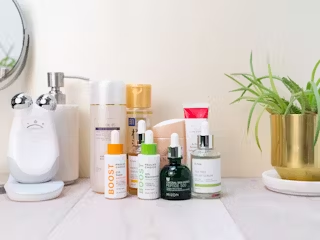 SkincareThe truth about my anti-aging skincare plan
At the end of 2018, I turned 40. Which means that I will finally be able to try out a lot of anti-aging treatments in order to tell you more about them here! You know me, any situation I can use as a pretext to try as many products as I can is a good one, and of course, my motto in life 😉
Read more
SkincareThe truth about my anti-aging skincare plan
At the end of 2018, I turned 40. Which means that I will finally be able to try out a lot of anti-aging treatments in order to tell you more about them here! You know me, any situation I can use as a pretext to try as many products as I can is a good one, and of course, my motto in life 😉
Read more
What is retinol, exactly?
The terms “retinol” and “retinoids” are often used interchangeably in everyday vocabulary, but in reality they’re not quite the same thing.
Retinoid is a generic term for the entire family of vitamin A derivatives, including those found in over-the-counter cosmetics (milder) and prescription medical treatments (stronger).
These are synthetic ingredients, they are manufactured in a laboratory.
… retinoids are one of the few skincare ingredients with proven anti-ageing effectiveness recognized by various scientific studies.
Retinoids are therefore a family of powerful anti-aging ingredients that act on the skin in several areas: they improve its texture, firm the skin, give it radiance, smooth wrinkles, fight against pigmentation spots…
In short, they can improve the various visible signs of aging on the skin, especially those that are “photo-induced” (= caused by UV rays / sun) (see, when I tell you that using a sunscreen every day is the best possible anti-aging weapon, I’m not kidding!).
Above all, retinoids are one of the few skincare ingredients with proven anti-ageing effectiveness recognized by various scientific studies (same goes for sunscreen BTW) (yup, I insist, absolutely! 😉 ).
They’re also very effective in the treatment of acne. Historically, retinoids were actually primarily considered as an anti-acne treatment, and their anti-aging effects were subsequently established.
As a matter of vocabulary, people talk more often about retinol than retinoids because this vitamin A derivative is the most widely used in cosmetics nowadays (because it’s highly effective and available without a doctor’s prescription anywhere in the world).
What are the different retinoids?
The different types of retinoids used in topical skin application include (from the mildest to the most potent):
- Retinol esters (retinyl propionate, retinyl palmitate, retinyl acetate, retinyl linoleate),
- retinol,
- retinaldehyde,
- adapalene,
- tretinoin,
- tazarotene.
The first three retinoids in this list, retinol esters, retinol and retinaldehyde, are available over the counter. These are the ones you can find in cosmetic products.
The other three, adapalene, tretinoin and tazarotene, are treatments that can only be prescribed by a doctor.
Note that tazatorene is a topical medication prescribed for psoriasis, and is therefore not used as an anti-aging treatment.
There are also newer ingredients such as retinoic acid esters, which are a little different (more about them below):
- hydroxypinacolone retinoate (HPR or Granactive Retinoid),
- and retinyl retinoate (r-Retinoate).
They’re also available over-the-counter.
And what about Bakuchiol?
Bakuchiol is an ingredient that we are also hearing a lot about lately. It’s a plant-based ingredient, often described as a natural alternative to retinol.
Note that bakuchiol is not a retinoid, it’s another kind of ingredient.
It comes from the babchi plant (also known as Psoralea Corylifolia), originally from India and Sri Lanka, and has historically been used in Ayurvedic and Chinese medicine.
It has powerful antioxidant properties, and may also be able to reduce differences in skin pigmentation due to environmental exposure. It’s also supposed to have a pronounced soothing effect. Bakuchiol may also help reduce the appearance of fine lines and wrinkles.
The reason it’s currently receiving so much press is that it may have similar properties to retinol, but without the possible side effects associated with it.
This ingredient was only discovered and manufactured very recently (and apparently its production could endanger the plant, more about that here) and on which there is currently not much hindsight (only 2 studies, if I understood correctly).
To be continued…
Retinoid conversion principle:
One important thing to be aware of with these types of ingredients is that whichever retinoid you choose to use, your skin can only use the active form of vitamin A, retinoic acid.
This is because retinoic acid is a bio-compatible ingredient. Which means that the body is able to recognize it and knows how to use it to its advantage.
To be more specific, retinoic acid binds to retinoid receptors naturally present in our body (and on our skin), where it helps to increase cell renewal and the cell repair process. This is how retinoic acid can be effective against the signs of skin aging (a better skin renewal makes it look younger).
The most powerful retinoids, such as tretinoin for example, which I mentioned earlier, are pure retinoic acid. They are therefore the most biologically active retinoids, they will begin to work immediately and potently on the skin. Sometimes with significant side effects, which is why retinoic acid treatments are only available by prescription. It’s a medical treatment.
…the closer the derivative is to retinoic acid, the more easily it converts and the more effective it is on the skin.
Over-the-counter retinoids, which are gentler, don’t work directly and must be converted into retinoic acid by our skin’s enzymes. This can happen in one, two or three steps (we call this a step or a conversion). This is the principle of retinoid conversion!
Basically, that’s how it works:
Retinol ester ➟ retinol ➟ retinaldehyde ➟ retinoic acid.
Three conversions: first retinol esters are converted to retinol, then retinol is converted to retinaldehyde, and finally retinaldehyde is converted to retinoic acid.
Two conversions: first retinol is converted to retinaldehyde, and then retinaldehyde is converted to retinoic acid.
One conversion: Retinaldehyde is the direct precursor to retinoic acid, so there’s only one step here.
So the closer the derivative is to retinoic acid, the more easily it converts and the more effective it is on the skin.
Depending on the person, this conversion rate may vary (some skins convert faster than others), and the concentration of the retinoid derivative also plays a major role (a low concentration of a distant retinoid derivative will give very little or no retinoic acid at the end).
But that doesn’t mean that all retinoid derivatives are ineffective, far from it! Even if they don’t all act at the same speed, you can have very good results in the long term with derivatives that require one or more conversions.
And the big advantage of retinoid derivatives compared to retinoic acid is that they are generally softer and less sensitizing for the skin.
What are the benefits of using retinol?
The benefits of retinoids on the skin are:
- a reduction of fine lines and wrinkles,
- an increased production of the skin’s support fibers (elastin and collagen) for a firming effect,
- a more even complexion thanks to their thickening action on the epidermis: more radiance and a reduction in sun spots,
- a reducing action on the size of the pores, and a smoothing effect on the texture of the skin.
They’re also very effective in treating the symptoms of acne: pimples, blackheads, and clogged pores.
What are the side effects of retinoids?
Using a retinoid derivative that is too powerful and/ or using it too often can have side effects on the skin such as:
- severe skin dryness,
- a rash,
- skin irritation,
- for some people, it can cause breakouts, even pimples,
- increased desquamation of skin cells (= peeling skin),
- an increased skin sensitivity…
These side effects are completely normal but you should not always expect them. If you use a retinoid and you don’t see any of these side effects on your skin, it doesn’t mean your product isn’t effective at all!
In general, these side effects, when they do occur, don’t last long (a few days to a few weeks at most). If your skin reacts longer than that, it may be because the ingredient you’re using is too strong for you at the moment, or because you are using it too frequently.
And really, I insist, pushing through for several weeks thinking that it means your product is doing something to your skin and that the sensitivity means it’s effective, is really not a good idea. Leaving the skin in a constant state of inflammation makes it age faster, and in this case, it’s the opposite of what you want!
Talk to your doctor if you’re using a prescribed product, so that he or she can reduce the dosage, or slow down the pace of application if you’re using an over-the-counter product. Believe me, your skin will thank you for it 😉
Also be careful if you already suffer from a skin condition such as eczema or rosacea, as retinoids can cause flare-ups and reinforce existing inflammation. This doesn’t mean that retinoids are totally not advised for you, but that they should be introduced very gradually into your skincare routine, ideally with the agreement of your doctor.
Retinol is not photo-stable, which means that UV rays can degrade it, making it ineffective. For this reason, it is recommended to use it in your evening routine.
Even if the molecule itself is not photo-sensitizing, because of the treatment, the skin becomes more sensitive to the effects of the sun. If you love to go out in the sun to get a tan, then maybe it’s not a good idea to start using these types of ingredients! You can burn much more easily.
That being said, I’m going to emphasize this again, but if you’re thinking of starting to use a retinoid and not using a sunscreen during the day (whatever season it is), I’ll stop you right there: forget it!
Retinoids are effective against visible signs of aging caused by UV rays/ the sun. So if you continue to expose yourself without protection to the same sun that makes you age faster and still contemplate using retinol to repair its damage, please explain to me the reason why, because I don’t see the point! 😉
If you want to achieve anti-aging effectiveness, the treatment goes hand in hand: you protect yourself against the causes of aging first and you treat the damage second. You can’t have one without the other!
Finally, the use of retinoids is not recommended for pregnant or breastfeeding women.
There are tips to limit the side effects of retinoids, I’ll discuss these in my second article on this topic!
When should you start using retinoids?
Well, it depends.
I’ve often heard that it’s best to start as soon as possible, to prevent the first signs of aging from appearing (starting in your late twenties, then).
It’s true that some skins show visible signs of age earlier than others (fine lines, spots, less smooth skin texture…). This can be caused by a very important exposure to the sun during their youth (someone who lives in a very sunny country and who has never protected themselves from the sun, for example), or a person who smokes a lot from a very young age…
In this case, it might actually be worth starting to use a retinoid early. You can start with a very mild derivative to test the waters. Maybe you don’t need to rush to your dermatologist to ask him or her for a prescription of tretinoin if you’re in your twenties (unless you have acne, but that’s another story!).
… retinoids are more a treatment for visible signs of aging rather than a preventive one.
But for me personally, I didn’t feel the need to start using them very early on. I have been taking great care of my skin for years and the use of other anti-aging ingredients such as acids for example, as well as the daily application of a sunscreen product was enough to delay the first signs of aging.
So I started introducing retinoids into my routine 5 or 6 years ago. And for me, it was the right time (I was 35 years old). I was beginning to feel that my skin was a little less firm, I could see a few wrinkles appearing here and there, and above all, it started to be a little bit more textured than before, with more visible pores.
For me indeed, retinoids are more of a treatment for visible signs of aging rather than a preventive one.
And by the way, even if retinol is described as the gold standard of anti-aging ingredients, I don’t think you imperatively have to use it to get good anti-aging results on your skin.
Even if, in my opinion, it’s definitely worth trying at least once (at first with a soft derivative!) and see how it goes, some people can’t tolerate them at all, and it’s not the end of the world!
If this is your case, you still have plenty of other very effective anti-aging actives to try to so that you can build up a proper skincare routine 🙂
I also think that it’s never too late to give it a try and if you can find the retinoid that works for you, you’ll see results on your skin anyway (even if you start to use it in your late 50s!).
Retinol remains a proven effective ingredient, even if it’s not the only one!
How to introduce retinol into your skincare routine?
I’m thinking of doing a separate post on this topic. I have too much to say!
I plan to tell you in detail about my experience with the retinoid products I tried over the years, as well as the tips I discovered in order to optimize my use of this ingredient which is not always easy to handle, I admit!
So I ask you to be a bit patient, my answers to this question will arrive soon!
Edit 03/01/2020:
My post is live!
How do I use retinol effectively? ( Without messing up my skin)
A few examples of retinoid products:
I want to end this ingredient Focus article with examples of products that contain all of these retinoids, from the mildest to the most potent!
I will have the opportunity to tell you about my experience with the ones I tried in my upcoming article on the subject 😉
Over-the-counter retinoid products:
Retinol ester products:
Retinol esters are the most gentle retinoids because they must be converted three times before they become active on the skin.
As a result they are an excellent choice for sensitive and reactive skin, as the side effects are very limited. They are also ideal for all retinoid beginners, as they help the skin become accustomed to this family of ingredients.
But not all retinol esters are equal in terms of anti-aging results.
The most effective is retinyl propionate, especially in high concentrations as it helps to reduce wrinkles and pigmentation.
Retinyl palmitate is the second most effective even if these results are minimal on wrinkles and on skin texture.
The other retinol esters (retinyl acetate and retinyl linoleate) are weaker and it’s better to use them in combination with each other and/or in addition to other more powerful retinoids.
Examples of products:
: contains 5 % retinyl propionate and 5 % lactic acid.
: contains a mixture of retinyl propionate, retinyl palmitate and retinyl acetate (0.06% in total), as well as excipients known to intensify the penetration capacity of the other ingredients (polyethylene glycol, or macrogol).
Retinol products:
Retinol, the most common (and popular) over-the-counter retinoid, must undergo two conversions before it becomes biologically active on the skin.
As a consequence, it performs much better than retinol esters, even though it’s less active than medical retinoic acid (about 20 times less potent at the same concentration). In reality, it means that similar anti-aging results can be achieved with retinol, but they will take longer to obtain than with medical retinoid treatments.
While effective, retinol can cause drying and irritating effects for some people, but not as much as more powerful retinoids such as tretinoin for example. To minimize the side effects, you can “train” your skin by starting with low concentrations of retinol (0.1% or 0.3%) and gradually increase to higher concentrations (1%).
Examples of products:
: 1% retinol in a rich cream base. (I will talk more about it in my upcoming article, but this product didn’t work for me at all, I found it very irritating.)
: a non-oily serum concentrated at 1% retinol, an ideal texture for combination to oily skin. It can be used under or mixed with night cream or serum. This one, on the other hand, I loved it (same thing, details will come in a future article 😉 ).
: a milky serum that contains a blend of 0.3% retinol, 2% Bakuchiol plus some repairing peptides.
Edit 30/09/2022:
I also did a review of the Paula’s Choice Clinical 1% Retinol Treatment 🙂
Retinaldehyde products:
Retinaldehyde, or retinal, requires only one conversion by your skin to become retinoic acid. It becomes retinoic acid 11 times faster than retinol, and is said to be about 20 times more potent than retinol (depending on the concentration used). According to some studies, retinaldehyde is able to give anti-aging results on the skin comparable to those of retinoic acid, with far fewer side effects than the latter.
Retinaldehyde is also effective in the treatment of acne, as it’s antibacterial and helps regulate cell renewal.
It can cause some dryness and skin irritation, but not as much as pure retinoic acid (and according to some studies, it’s also less irritating than retinol).
The main downside is that it’s a very unstable molecule that oxidizes easily. It’s also very expensive to formulate, so products containing it are usually not cheap at all. However, you can find it more and more often in cosmetic products using innovative processes such as encapsulation, for example, which allows for a better protection of the retinal molecule.
Examples of products:
: depending on the chosen concentration, this serum contains between 0.01 and 0.1% encapsulated retinal, but also hyaluronic acid, glycerin and vitamin E. (This is the one I am currently using 🙂)
: an evening cream that contains encapsulated retinal (concentration is 0.05%), as well as a complex of peptides and antioxidant ingredients.
Products with hydroxypinacolone retinoate (HPR or Granactive Retinoid):
Retinoic acid esters are a new generation of retinoids that are becoming increasingly common in anti-aging products. There are not nearly as many studies on them as on other retinoids, but they are claimed to be more active than retinol, without the irritation often associated with the latter.
The most well known is hydroxypinacolone retinoate (HPR or Granactive Retinoid).
It binds directly to retinoid receptors in the skin without the need for conversion. Its activity is therefore similar to pure retinoic acid. But not only it’s less irritating than tretinoin, it’s also less sensitizing than a lower concentration of retinol (0.5%).
It is believed to have similar anti-aging results as retinol on wrinkles, age spots and sun damage in general. One small downside, however, is that most of the studies on it come from the manufacturer of this ingredient (that doesn’t mean they’re biased, but maybe it should be taken with a grain of salt).
Examples of products:
: a milky serum that contains 0.2% HPR and also retinol encapsulated for a gradual release into the skin (less irritating than pure retinol).
: a facial oil that contains HPR (the concentration is not disclosed by the brand) in a vegetable oil base. It also contains a few essential oils.
I think it’s the very first retinoid product I ever tried, I even talked about it on my blog at the time (my review of Luna on bonnie-garner.com/en).
Products with Retinyl Retinoate (r-Retinoate):
Retinyl Retinoate (r-Retinoate) is another kind of new generation retinoic acid ester. It is a combination of retinoic acid and retinol, which makes it active on the skin right away.
Studies show that Retinyl Retinoate promotes collagen synthesis eight times more than retinol. It is supposed to be more effective than retinol in reducing wrinkles. It also works on mild to moderate acne by fighting bacteria and reducing sebum production. Retinyl Retinoate is generally well tolerated and less irritating than other retinoids.
Unlike other retinoids, it’s a photo-stable ingredient, so you can use it morning and evening if you want.
It’s a fairly new ingredient and not currently widely used by cosmetic brands because it’s very expensive to formulate (and it affects the price of products).
An example of a product:
: a cream with encapsulated Retinyl Retinoate, which also contains hyaluronic acid in its formula, as well as a vitamin C and vitamin E derivative. (I haven’t tried it yet, but I will soon!).
Medically prescribed retinoid products:
For the latter, I’m not going to talk from experience because I’ve never used them personally, and clearly, this is medical, so it’s out of my area of expertise… But I thought that just for informational purposes, I would still say a few words about them!
The following products must be prescribed by a doctor. In Dubai, however, they are available over the counter, which explains why I was able to use them for my photos in this article 😉
Adapalene products:
Adapalene is a retinoid that selectively binds to some of the retinoid receptors in our skin. It doesn’t need to be converted to retinoic acid, it’s active right away.
Its main claim is the treatment of acne. It is known to be more effective than tretinoin against acne and it’s also better tolerated. It acts by normalizing cell renewal, reducing inflammation and inhibiting the formation of blackheads. Studies have also found that adapalene can treat mild to moderate signs of photo-aging, including wrinkles.
Although it’s less irritating than tretinoin, adapalene can still cause dryness, peeling, redness and irritation, especially during the first few months of treatment.
The concentrations according to the products vary between 0.1 and 0.3%.
An example of a product (I mention this because it has recently been made available over the counter in the United States and in Dubai, it’s also available in pharmacies without a prescription):
: it contains 0.1% adapalene in a gel base.
Tretinoin products:
Tretinoin is pure retinoic acid. It doesn’t need to be converted by your skin and it’s effective immediately. Tretinoin is about 20 times more potent than retinol (depending on the percentage).
Tretinoin is the most proven effective retinoid for photo-induced visible signs of aging. It reduces wrinkles and fine lines by restoring collagen formation and inhibiting collagen breakdown. It also tones sagging skin, smoothes textured skin, and fades brown spots. It’s not only effective for the signs of aging, it also treats acne, as it can slow down keratinization and allows sebum to circulate better by unclogging pores.
Unfortunately, it’s also very irritating. Intense dryness, desquamation, redness are among the common side effects of tretinoin.
Concentrations in products containing tretinoin vary between 0.01 and 0.1%.
It’s a medical treatment, it’s highly recommended to always consult your doctor before using it.
Edit 03/01/2020:
My second post is live!
How do I use retinol effectively? ( Without messing up my skin)
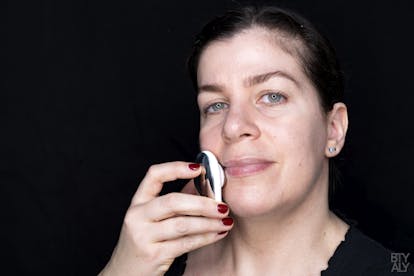
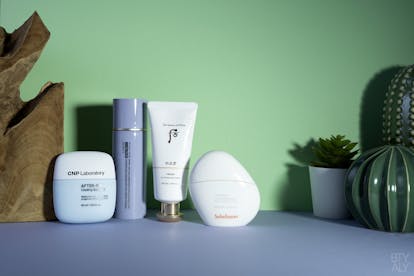
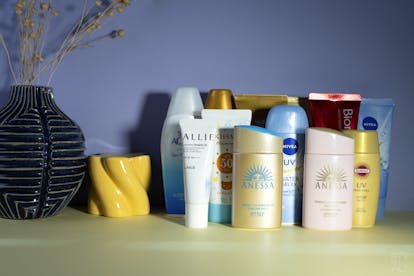
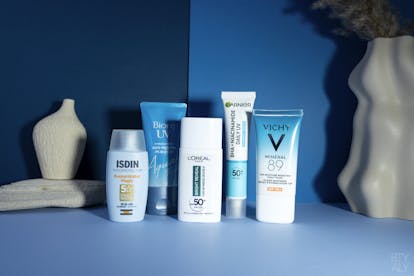
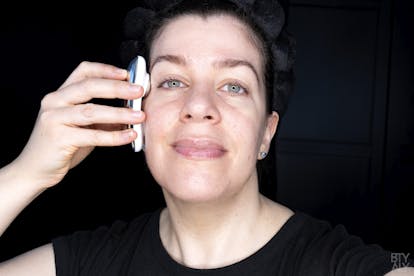
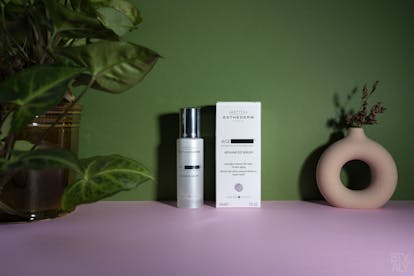
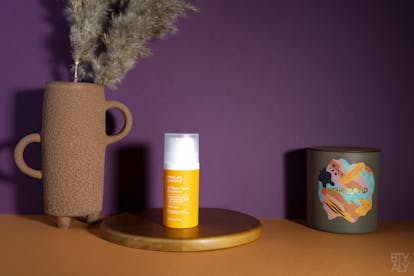
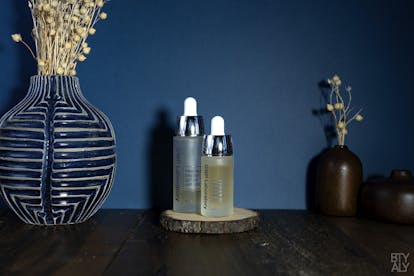
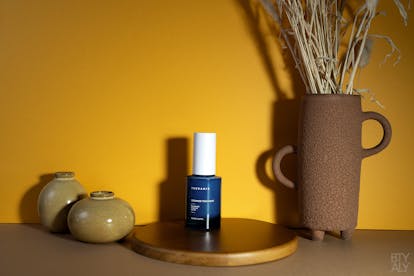
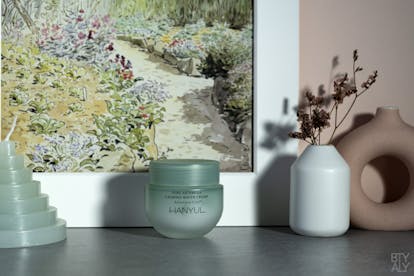
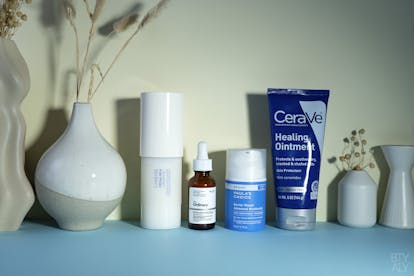
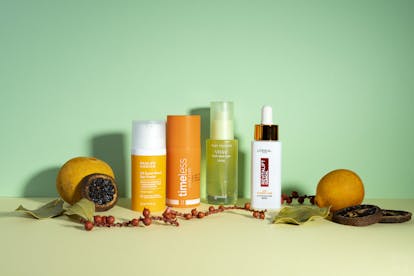
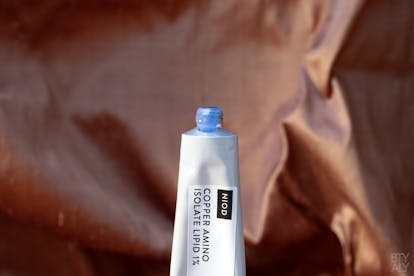
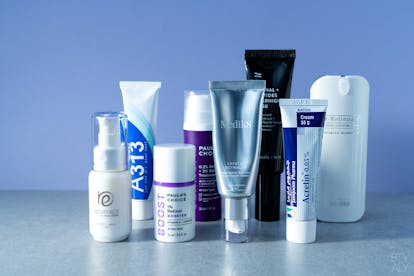
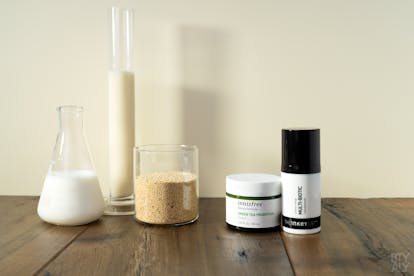
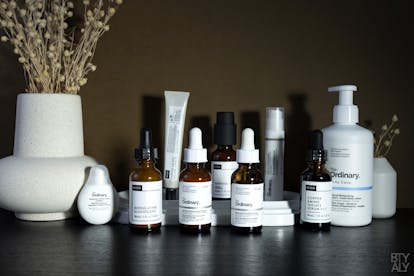
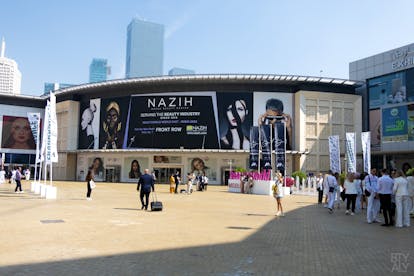
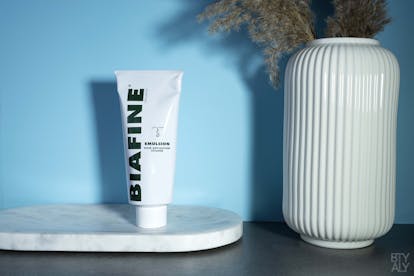
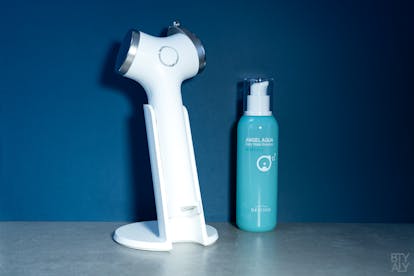
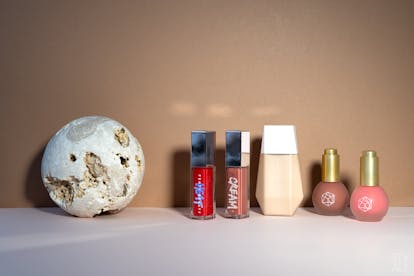
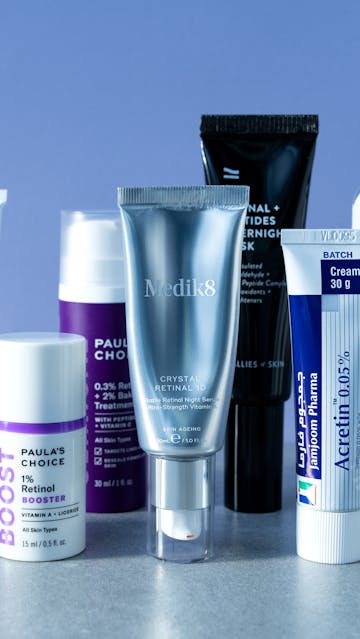











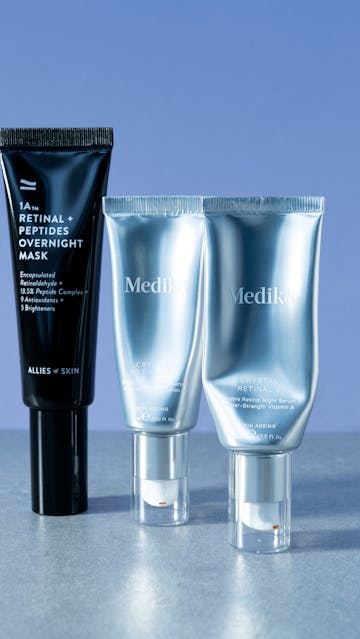

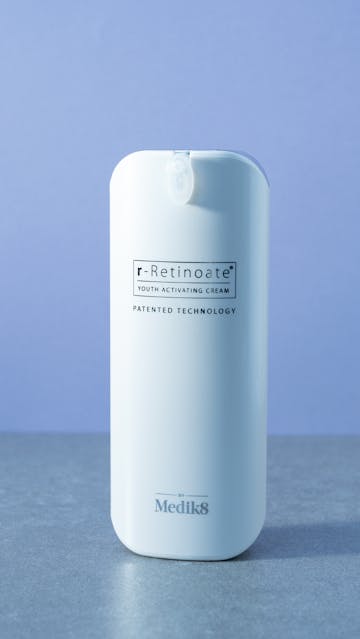

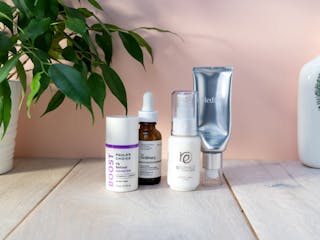
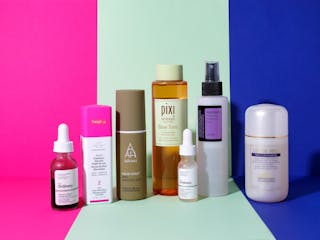
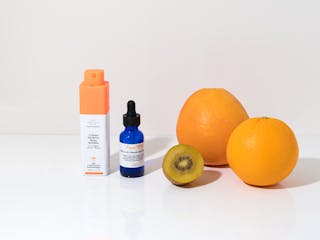
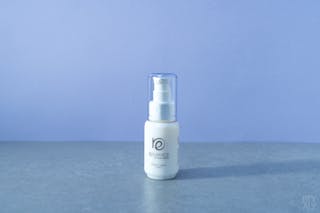
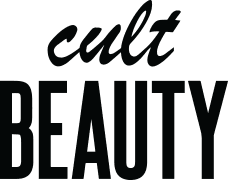
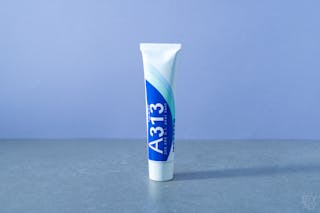
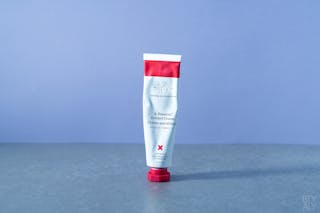
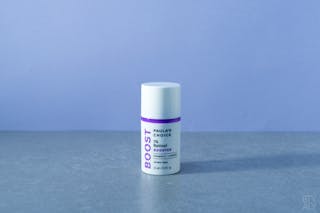

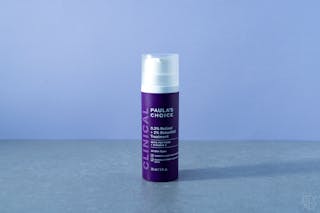
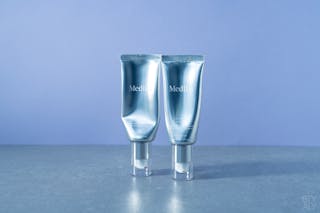

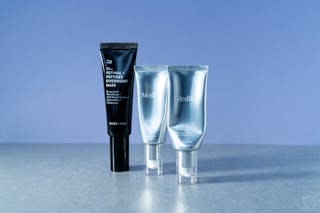
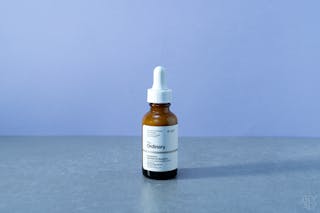
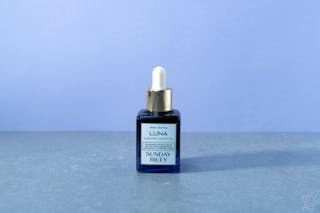
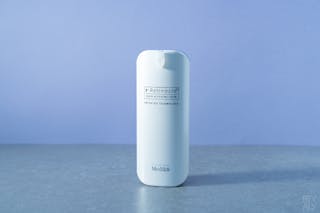
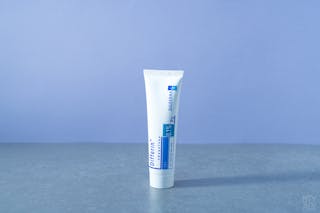











Hi Bonnie, I am the living example that tretinoin does wonders for your skin. I suffer(ed) from acne and the dermatologist prescribed me tretinoin about 25 years ago. I kept on using it for years and still do, and my skin got better and better, not only because of the tretinoin so I learned later. After a few years of use I read on a skincare forum about the anti-aging effect of tretinoin to your skin. Now I am 56 and I have flawless skin, even though it is not as tight as in my 30s or 40s. Of course my sun protection regime (even though only since the last ten years) and the fact I take very good care of my skin help a lot. A few years ago I ceased the use of tretinoin in order to know if I would still suffer of acne. The answer is yes, but not only the acne reappeared, the texture of my skin also got more coarse, with visible pores. So I hurried to use my beloved tretinoin again, and luckily my skin improved to to the way it was.
I used to use 0,5%, but since this formula was not available last year I switched to 0,2%. Fortunately this has the same benefits so I stayed with it.
Even though I have sensitive skin my skin has always tolerated the tretinoin, but my neck doesn’t. I have tried so many times, also with the 0,2%, but every time my neck got red and itchy. Too bad, because my neck really needs it because of too much sun in my youth . Now I use OTC retinoids for my neck, but I do not have the feeling they help a lot.
So Bonnie, I saw that you have been using tretinoin only for a few years, I would say: keep on using it! Besides from protection against the sun, there is nothing that has better anti-aging properties than tretinoin
Kind regards from the Netherlands, Joke
Hi Joke, thank you very much for sharing your experience! Much appreciated! 😀
In fact, I just started using tretinoin a few weeks ago. Until then, I was using OTC retinoids. I’m still in the “pilling” phase lol
But I’ll keep on using it 😉
Hi Bonnie,
Loved how you explained very well the differences. I have rosacea prone skin and have used an OTC retinol. My forehead, crows feet area, jawline and neck were very well but my cheeks were more sensitive to it. I’ve learned with azelaic acid that sometimes the delivery mechanism( gel or cream) also plays a big part along with the percentage of the product. This is why I ask, have you ever used the A313 pomade?
I hope you can answer me.
All the best 😊
Hi Paula,
Thank you for your lovely words! Yes I’ve tried it, but I wasn’t convinced! I talked about my experience using it in this article if you want to read more 🙂
How do I use retinol effectively?